Property market 2015 preview
What effect will the General Election and recent Stamp Duty changes have?
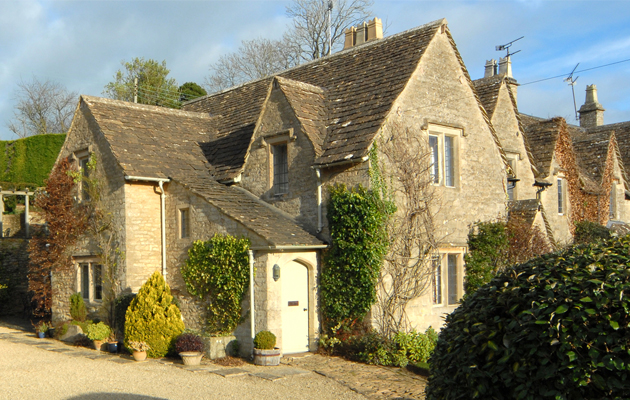

If you’ve got it, don’t flaunt it in 2015. That’s the message circulating at the top end of the prime property market on the run-up to one of the longest, and strangest, pre-election campaigns in history, the outcome of which will affect the workings of the country-house market for years to come. As Government and Opposition continue to target the estimated 2% of the population who buy and sell houses for more than £1 million, to the benefit of the 98% who don’t, the continuing uncertainty in the market-place has already dented sales of properties valued at more than the proposed ‘mansion tax’ threshold of £2m.
Even more so those valued at £5m- plus, says Rupert Sweeting of Knight Frank, who, in 2014, saw a ‘significant’ increase in the number of off-market sales at this level, as vendors and buyers sought to maintain a low profile. ‘Almost a third of Knight Frank’s deals in the country have been by this method, reflecting vendors’ desires to sell quietly and buyers not wanting to be seen to be buying expensive property,’ he reveals.
When Chancellor George Osborne announced his surprise overhaul of Stamp Duty (SDLT) in his Autumn Statement on December 3, his supporters felt that he had done much to kick Labour’s dreaded ‘mansion tax’proposals into the long grass. However, this notion was instantly rebutted by Ed Balls, confirming his intention to proceed with his plans for such a tax should Labour return to power at the General Election.
As buyers, vendors and estate agents around the country digest the implications of the new SDLT regime, Lucian Cook of Savills comments: ‘The new graduated system of SDLT bands will mean savings for about three-quarters of a million home buyers across England and Wales, who will benefit from reduced SDLT on transactions up to £937,000. By contrast, about 17,000 transactions above £937,000 will carry an increased SDLT burden.’
He explains: ‘For example, the new SDLT rate payable on the purchase of a £2m house is now £153,750, compared with £100,000 at the old rate, an increase of £53,750; that payable on a £3m house is now £273,750 as against £210,000 (+£63,750); that payable on a £5m house is now £513,750, as against £350,000 (+£163,750); and that payable on a £10m house is now £1,113,750, as against £700,000 —an eye-watering increase of £413,750.’
Argues Mr Cook: ‘Although reforms at the lower end of the SDLT rate bands are well overdue, and will benefit those trying to get on or trade up the housing ladder, particularly if they live in London or the South-East, we estimate that about £2.2 billion of SDLT receipts—more than one-third of total SDLT revenues—will come from fewer than 5,000 sales of property worth more than £2m, less than 0.5% of all transactions. This surely puts an end to any argument that these properties are under-taxed and further significantly undermines any case for a “mansion tax”.’
With the attention of the residential property sector focused firmly on the outcome of the General Election, leading agents expect 2015 to be a year in two or even three parts, with a window of opportunity in the first three months of the year, followed by a pre-election lull and a post-election period of reflection, and little serious activity taking place at the top end of the market before September.
Sign up for the Country Life Newsletter
Exquisite houses, the beauty of Nature, and how to get the most from your life, straight to your inbox.
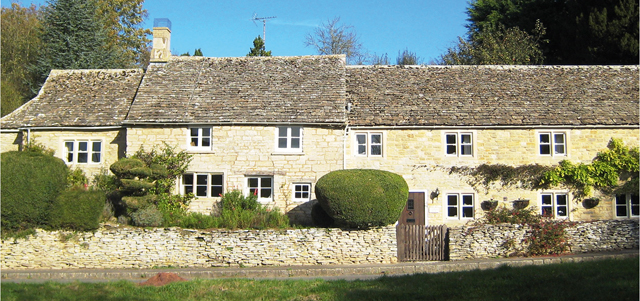
Even in the Cotswolds, which was Knight Frank’s star performing area in 2014, Atty Beor-Roberts in Cirencester isn’t expecting to see many high-profile launches in the first half of the year. Although no one quite knows what will happen after May, he wouldn’t be surprised to see owners of high-value houses in London preferring to stick with a smaller house in town and buying a second home in the Cotswolds with the money they would save in SDLT by not going for a bigger house in the capital.
Two charming, quintessential Cotswold cottages currently for sale through his Cirencester office (01285 659771) are the extended, 17th-century Cotswold House (Fig 2) at Aldsworth, four miles from Northleach, which has three bedrooms, a large garden and outbuildings, at £725,000 and the pretty, Grade II-listed, semi-detached West Cottage (Fig 1) at Westonbirt, four miles from Tetbury, which has two bedrooms and beautifully landscaped gardens, at £515,000.
But not everyone wants to sit on the sidelines while Westminster performs its ritual dance and Strutt and Parker believe that, this year, the early bird will catch the juiciest worms. Mark Rimell, whose remit covers much of the South-East, has claimed pole position with the relaunch on Boxing Day of Grade II-listed The Laines (Fig 3), at Plumpton, East Sussex, at a slightly revised guide price of £3.15m.
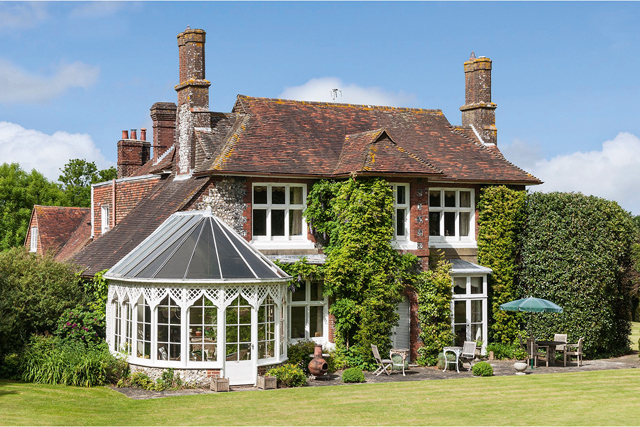
Nestled in 5.3 acres of gardens and grounds on the edge of Plumpton village in the lee of the South Downs, The Laines has been the much-loved family home for the past 18 years of the actor James Wilby—best known for his roles in Maurice, Gosford Park and A Handful of Dust—his wife, Shana, and their four children. Prior to that, the former village rectory, built in the 18th century with 19th-century additions, of traditional Sussex knapped-flint walls under a hipped tiled roof, belonged, for 45 years, to Maj Bruce Shand and was his daughter The Duchess of Cornwall’s ‘perfect’ childhood home.
This delightfully quirky, rambling family house has four main reception rooms with classic Georgian proportions, high ceilings, fine working fireplaces and French windows opening onto the east and south terraces plus seven main bedrooms, three bathrooms and a shower room on the first floor. All the main rooms have wonderful views of the lovely gardens, partially designed by Lanning Roper and lovingly maintained by Mr Wilby. It comes with a three/four-bedroom cottage, which has been let to provide a useful income.
Simon Backhouse of Strutt & Parker in Canterbury (01227 451 123) is taking the bull by the horns in next week’s Country Life (January, 14 2015) of the 350-acre Linton estate at Linton, four miles from Maidstone, Kent, at a guide price of £7.3m for the whole or in up to 15 lots. For sale for the first time in more than 50 years, following the Daubeny family’s decision to relocate overseas, the estate, which dates from the mid 18th century, was divided in the late 1970s, when the mansion house and northern parkland were sold off.
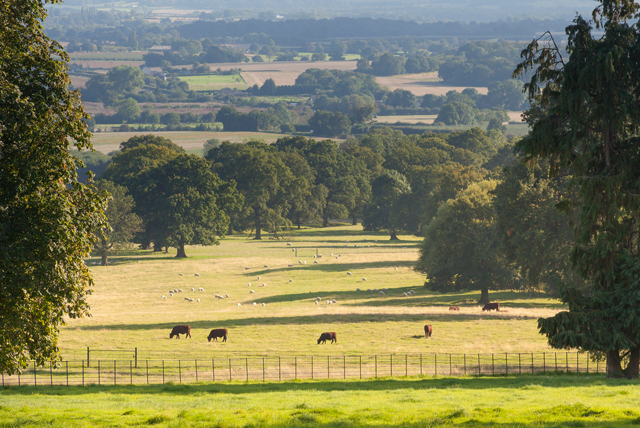
The estate, which is classified as residential and therefore subject to the new SDLT regime, has a large portfolio of houses, including the main estate house—the four-bedroom Cuckoo Field House (Fig 4)—a Victorian model farm-building complex with potential for redevelopment, six cottages, further outbuildings with development potential, a range of modern farm buildings, a cricket ground and 140 acres of Grade II*-listed parkland.
Unlike the vast majority of his country colleagues, Sam Gibson of Strutt & Parker in Morpeth, Northumberland (01670 516123), couldn’t be happier at the recent turn of events: ‘With much of our turnover concentrated in mid to lower values ranging between £350,000 and £650,000, the SDLT reform provides a cracking good reason to buy in the North-East.’
He adds: ‘For instance, one of my clients who signed a deal within the permitted 24-hour time limit woke up to find himself £10,000 better off under the new system. On the other hand, high-value vendors are not so happy at the prospect of having to absorb some or all of the SDLT increase.’
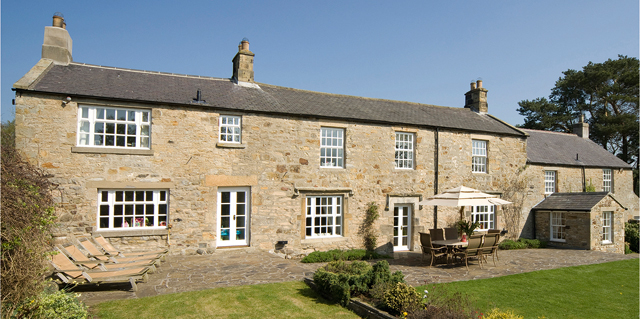
Typical of the excellent value to be found in his scenic part of the county, at a guide price of £810,000, Mr Gibson suggests, is the Grade II- listed, 17th-century Hawkwell Farm House (Fig 5) at Hawkwell, 11 miles from Hexham and 13 miles from Newcastle upon Tyne. Set in two acres of gardens and grounds, the house has three main reception rooms, a study, a breakfast kitchen, four bedrooms, three bathrooms, stabling and outbuildings.
Louis de Soissons of Savills in Norwich (01603 229229) is less euphoric at the recent turn of events, but is still quietly confident of riding out any impending storm, having seen the reappearance on the Norfolk country-house scene of the traditional London buyer—a feelgood factor that the arrival in Norfolk of The Duke and Duchess of Cambridge has no doubt reinforced. Barring unforeseen circumstances such as a prolonged period of extreme bad weather, Mr de Soissons is also advising his clients to go the market early.
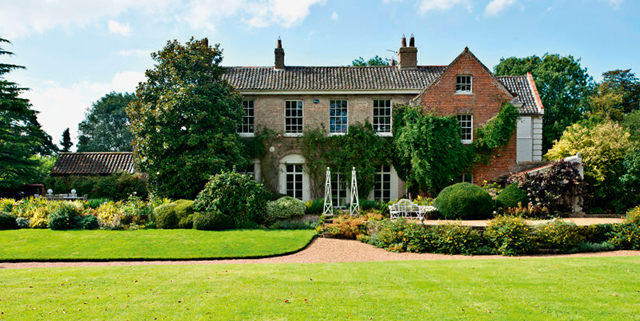
He will shortly be launching delightful The Old Rectory (Fig 6) at Sculthorpe, seven miles from trendy Burnham Market, on the market at a guide price of £2.65m. Beautifully renovated by its current owners, the elegant, Grade II-listed former rectory stands in 23 acres of landscaped gardens and grounds, with accommodation on three floors, including four fine reception rooms, a kitchen/breakfast room, four bed- room suites on the first floor and three further bedrooms on the second.
It comes with a two-bedroom stable cottage and some useful outbuildings.
-
 About time: The fastest and slowest moving housing markets revealed
About time: The fastest and slowest moving housing markets revealedNew research by Zoopla has shown where it's easy to sell and where it will take quite a while to find a buyer.
By Annabel Dixon Published
-
 Betty is the first dog to scale all of Scotland’s hundreds of mountains and hills
Betty is the first dog to scale all of Scotland’s hundreds of mountains and hillsFewer than 100 people have ever completed Betty's ‘full house’ of Scottish summits — and she was fuelled by more than 800 hard boiled eggs.
By Annunciata Elwes Published
